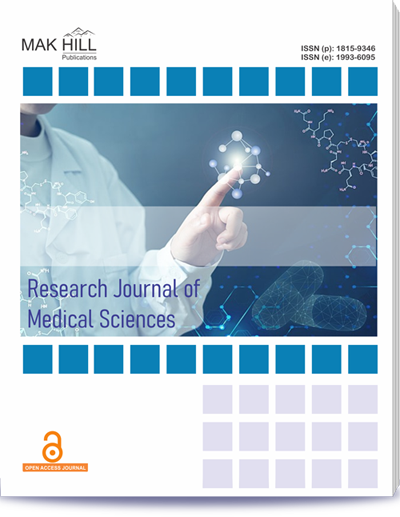
Research Journal of Medical Sciences
ISSN: Online 1993-6095ISSN: Print 1815-9346
Abstract
Hemoglobinopathies, or hereditary haemoglobin abnormalities, are common in India, with varied prevalence across areas. The purpose of this study, which was undertaken in Assam, Northeast India, was to look at the phenotypic-genotypic connection of hemoglobinopathies in a group of 25 people. Several mutations have been discovered in beta-thalassemia and Hb E variations. IVS1-5(G>C) was the most frequent beta-thalassemia mutation and it was linked to severe types of the illness. The c.79G>A mutation was the most common among Hb E variations. This study emphasizes the genetic variety of hemoglobinopathies in the region, as well as the significance of early diagnosis in predicting clinical severity. Larger, more diversified investigations are needed to corroborate these findings and assist diagnostic procedures in nations where hemoglobinopathies are common.
How to cite this article:
Damodar Das, Jina Bhattacharyya and Sonal Paul. Phenotypic-Genotypic Correlation of Hemoglobinopathies in North East India.
DOI: https://doi.org/10.36478/10.59218/makrjms.2023.8.52.55
URL: https://www.makhillpublications.co/view-article/1815-9346/10.59218/makrjms.2023.8.52.55